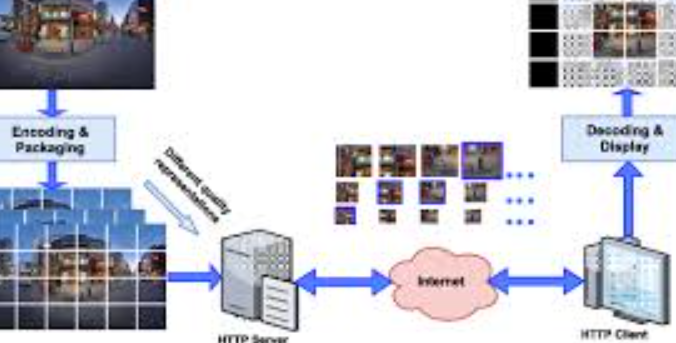An adaptive method for low-delay 360 VR video streaming over HTTP/2
PubDate: November 2018
Teams: Aizu Daigaku
Writers: Dang H Nguyen; Minh Nguyen; Nam Pham Ngoc; Truong Cong Thang
PDF: An adaptive method for low-delay 360 VR video streaming over HTTP/2

Abstract
Virtually Reality (VR) technology, especially 360 VR videos, is currently a hot topic thanks to its immersive experience, compared to traditional multimedia applications, such as allowing users to experience a close real life by panoramic view. Nevertheless, 360 VR video transmission consumes a huge bandwidth. Besides, how to reduce the delay of 360 VR video streaming is another problem. To address these two challenges, in this paper, we introduce an efficient adaptive 360 VR video streaming method over HTTP/2 using stream priority and stream termination features. To support adaptivity, a 360 VR video is divided into multiple faces and each face is chunked into temporal segments. The video is also stored at the server with different levels of quality. In our method, we focus on the low delay scenario and thus all faces are downloaded simultaneously by using priority feature of HTTP/2 and the client decodes them based on the Group of Pictures (GOP). If the bandwidth suddenly drops, the client will break the simultaneity and inform the server to push consecutively the faces based on their priorities. In addition, stream termination feature can be used to terminate the media parts, which will miss the deadline. The experimental results show that, when the initial buffer is set to 0.5s, there is only 0.08% of the number of GOPs in the front face that miss the deadline in our proposed method, compared to the values of 0.75% and 3.34% of two reference methods.

